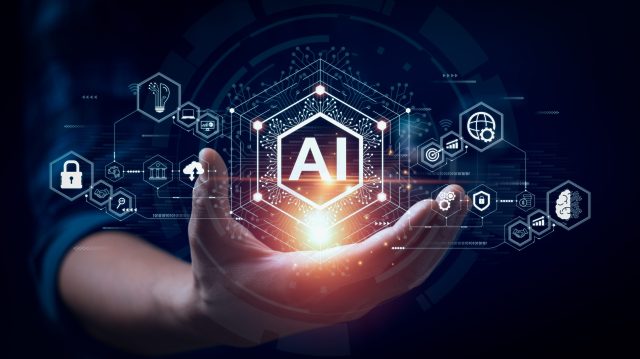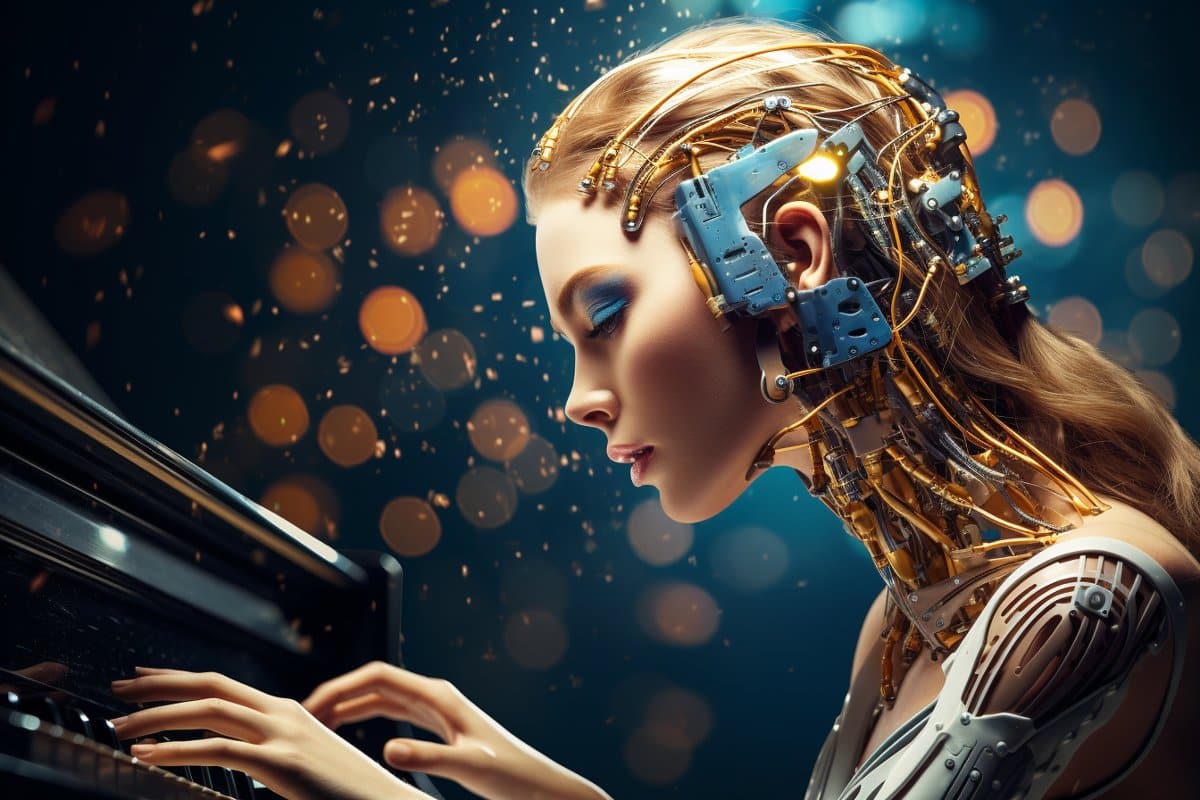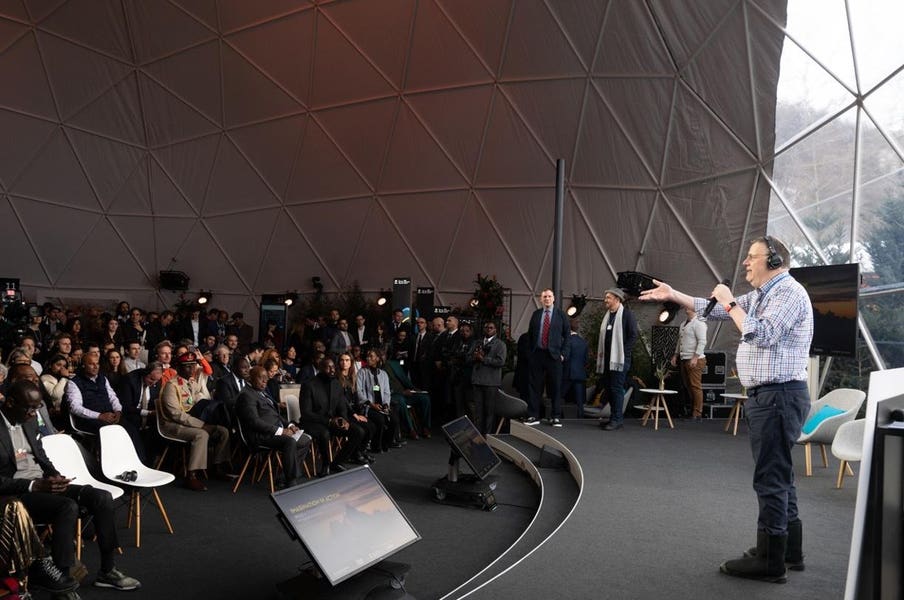Concerns surrounding artificial intelligence are on the rise, particularly in relation to its potential impact on the upcoming 2024 presidential election. A recent incident involving a robocall impersonating President Joe Biden ahead of the New Hampshire primary election, as initially reported by NBC News, has sparked significant attention. The New Hampshire attorney general’s office has initiated an investigation into this matter.
The robocall featured a voice bearing resemblance to President Biden’s, urging voters in the state with the message, “Your vote makes a difference in November, not this Tuesday.” The call was disguised to appear as if it originated from the treasurer of a political committee that supports write-in efforts for Biden. Experts consulted by NBC News suggested that this incident likely involved a deepfake, which refers to fabricated audio or video content generated using artificial intelligence to imitate real individuals.
The implications of deepfake technology extend beyond the realm of politics, as it can also be exploited for fraudulent activities targeting ordinary citizens. As this technology advances, distinguishing between AI-generated content and authentic information on the internet may become increasingly challenging. Experts recommend several strategies to help users discern the authenticity of multimedia content.
Attention to Detail
According to the Massachusetts Institute of Technology’s Media Lab, scrutinizing specific details, particularly facial features, can aid in identifying fake videos. Deepfake productions often exhibit inconsistencies in various aspects.
The Media Lab researchers emphasize that sophisticated deepfake alterations primarily focus on facial transformations. To ascertain the authenticity of a video, observers are advised to closely examine facial characteristics like the smoothness or wrinkling of the skin, as well as the coherence between the aging patterns of the skin, hair, and eyes.
Anomalies in lighting and shadow distribution, unexpected glare reflections on eyeglasses, or discrepancies in the portrayal of natural lighting physics can indicate the presence of a deepfake.
Utilize Tools
Tools such as Google’s reverse image search and platforms like aiornot.com can assist in tracing the origins of images and verifying their authenticity. Services like AI Voice Detector offer capabilities to differentiate between real and AI-generated voices, albeit some may require a fee for access.
For textual content, platforms like Undetectable.ai and Originality.AI are recommended by Forbes for analyzing structural, syntactical, and stylistic elements to determine the extent of AI involvement in the creation process.
Verification of Information
The Better Business Bureau stresses the importance of verifying the identity of individuals, even if they are familiar contacts, especially when faced with unusual requests. Paying attention to speech patterns, inflections, phrasing, and background noises during conversations can help identify potential discrepancies that may indicate AI manipulation.
It is advised to exercise caution when interacting with online personas, as appearances can be deceiving. Additionally, skepticism is warranted when encountering celebrity endorsement videos or overly enticing offers, as they could be indicative of deceptive practices.






